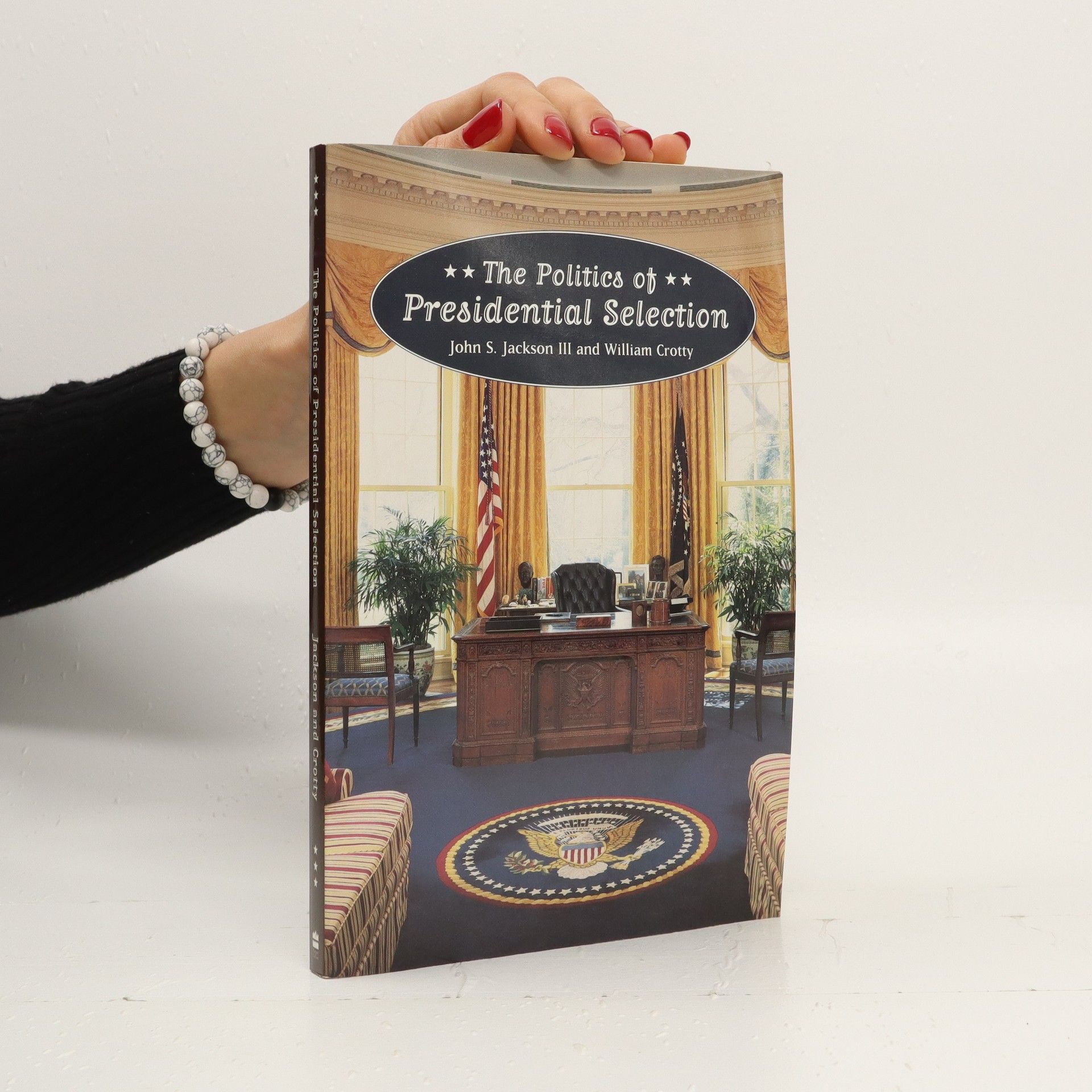This text provides an overview of how presidents are selected and why the system works as it does. Both the theory of rational decision-making and the concept of bounded rationality are employed as foundations of the book's examination of the behaviour of presidential candidates and members of congress as they plan their strategies for their campaigns and also how they behave once in office.
William J. Crotty Books
